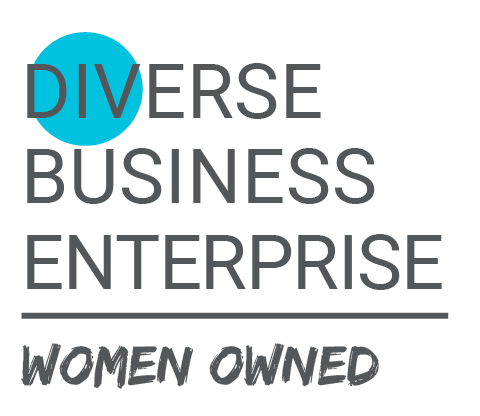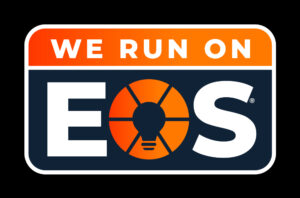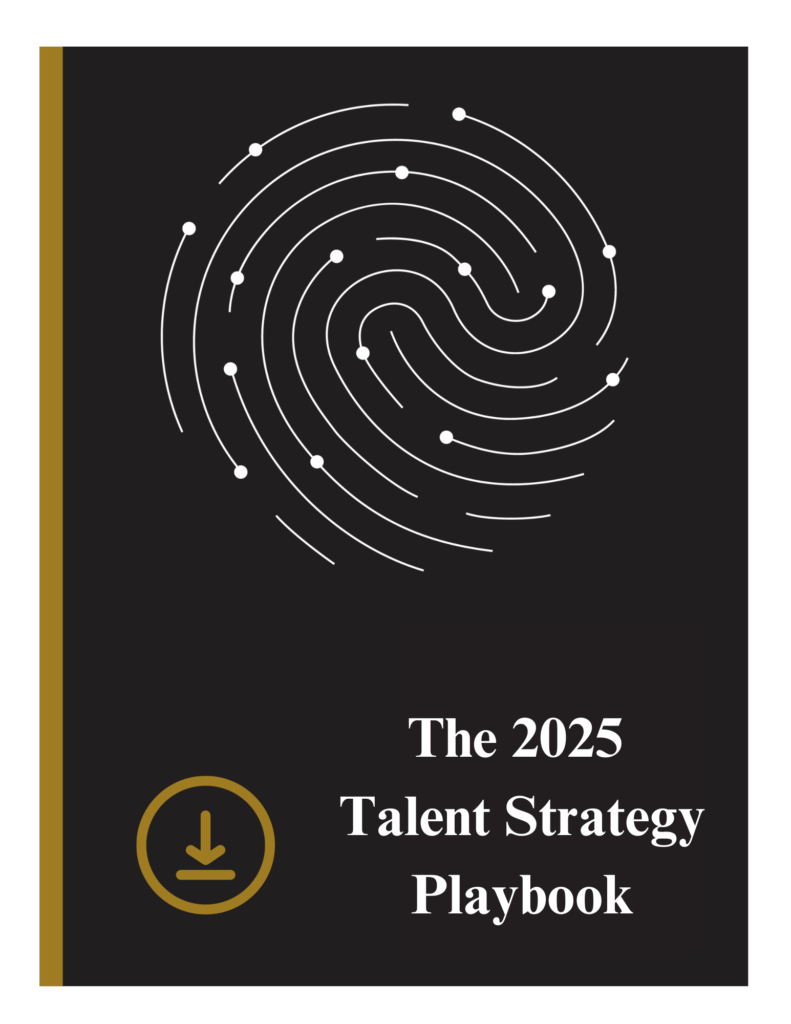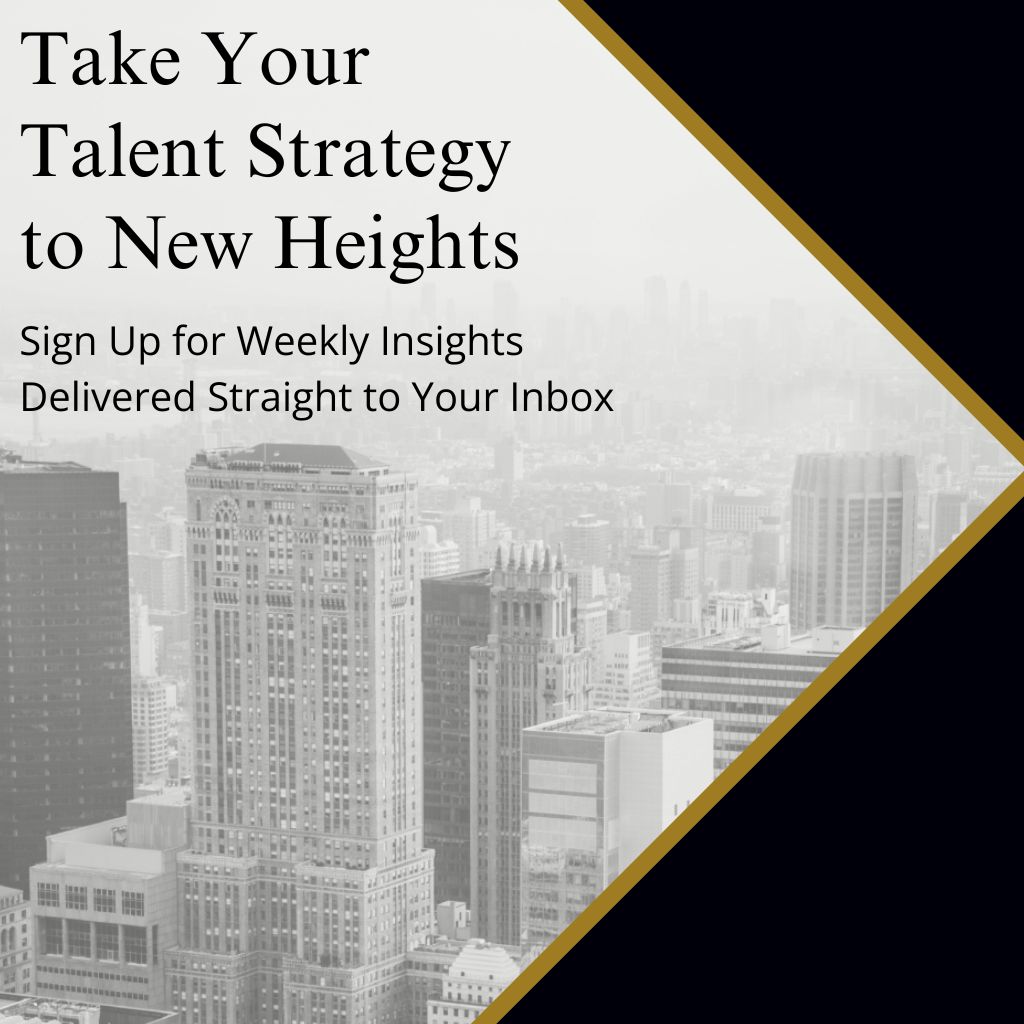Establishing a Solid Employee Engagement Strategy
What is employee engagement?
Simply put, employee engagement is a measurement.
Too simple?
Let’s clarify. Employee engagement typically measures an employee’s productivity and their discretionary effort—this is an employee’s willingness to go the extra mile.
Is that it?
Yes—that’s it. But, now that you know what employee engagement is, you should probably start thinking about an employee engagement strategy. Employee engagement strategies should connect your business strategy with your people strategy and your people strategy with your business results. However, so often they fail and do more harm than good.
Here are a few reasons companies, even with the best of intentions, fail at employee engagement strategies:
- Their engagement strategy doesn’t connect to their business and people strategy. Or they don’t have a people strategy at all. For instance, if your engagement survey measures autonomy and independent decision making, but your organization has a very structured hierarchy, your people strategy and your business strategy aren’t connected.
- Engagement is owned solely by Human Resources. While we love our passionate HR teams, they can’t single-handedly own engagement strategies. They have to be owned by every member of your leadership team.
- Failure to act. Companies collect oodles of people data, but they don’t respond to it. Conducting engagement data without the support, intentions or resources to react to the data does more harm than good. Employees get a false sense of action and excitement only to be later disappointed.
- Timeliness isn’t valued. The frequency of your measurement should be directly related to the speed of your organization. If your organization is fast and agile, but you’re only measuring engagement annually, you’re missing out. You’re using a tricycle to keep speed with a race car.
- They focus on employee “happiness.” While we all love a happy employee, this is an ever changing target. Companies who go after making all employees happy all the time, often end up with more initiatives than they can manage and just as many unhappy employees as when they started.
Ok, we know why they fail, but how do they excel?
- The organization has a clearly established business strategy and people strategy and they measure engagement based on both and they stay focused here. While successful organizations want their employees to be “happy” and they may still respond to unhappy employees, they don’t lose sight of their people strategy.
- Employee engagement is owned by leaders at every level. Read that again. It’s not just your lovely Human Resources team—they may be the most passionate about it, but every leader needs to be engaged. If you have people leaders who don’t find your talent strategy a priority, it’s time to reevaluate the influence they have on it.
- Organizations are ready and committed to act and have a plan. This goes hand-in-hand with every leader being engaged, but the success of your people and engagement strategy will come down to having a plan, especially for derailers. What will you do when leaders are “too busy”? When teams reorganize? During seasons of growth or season of loss? Build a plan that accounts for challenges and make use of beneficial planning strategies like pre-mortems.
- The organization engages a strategic partner. There are a lot of great free resources to help organizations get started, but that can often leave teams feeling overwhelmed and lost. Organizations that don’t have time or resources to spare engage with consultants or firms early on in their process that can quickly and efficiently get them up and running.
Interested in learning more about developing your people strategy and getting started with employee engagement? Let’s connect and talk about what impact the right resources can have on your organization.



















